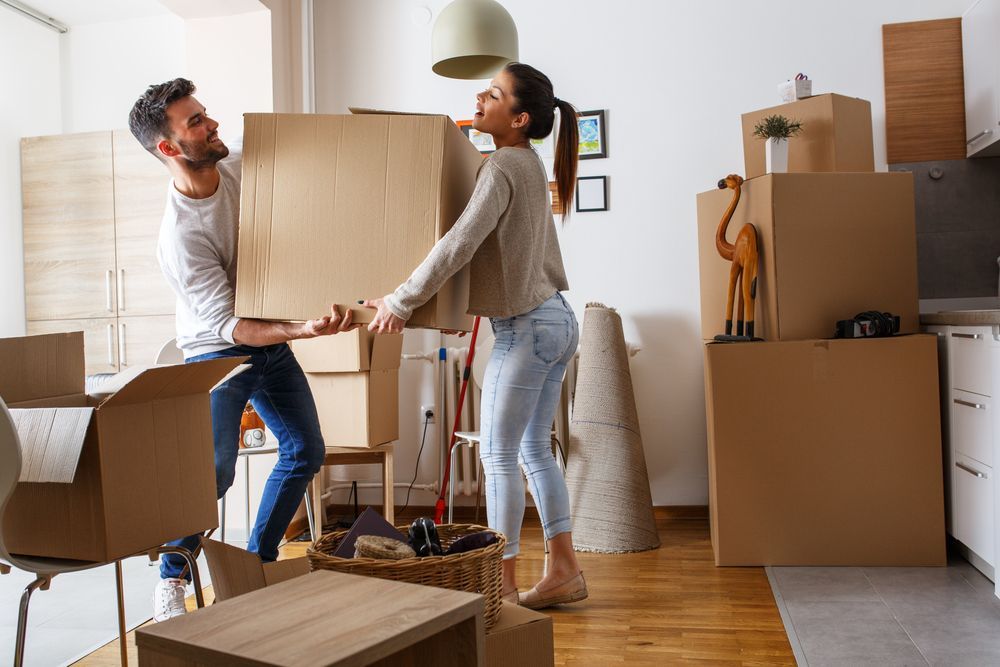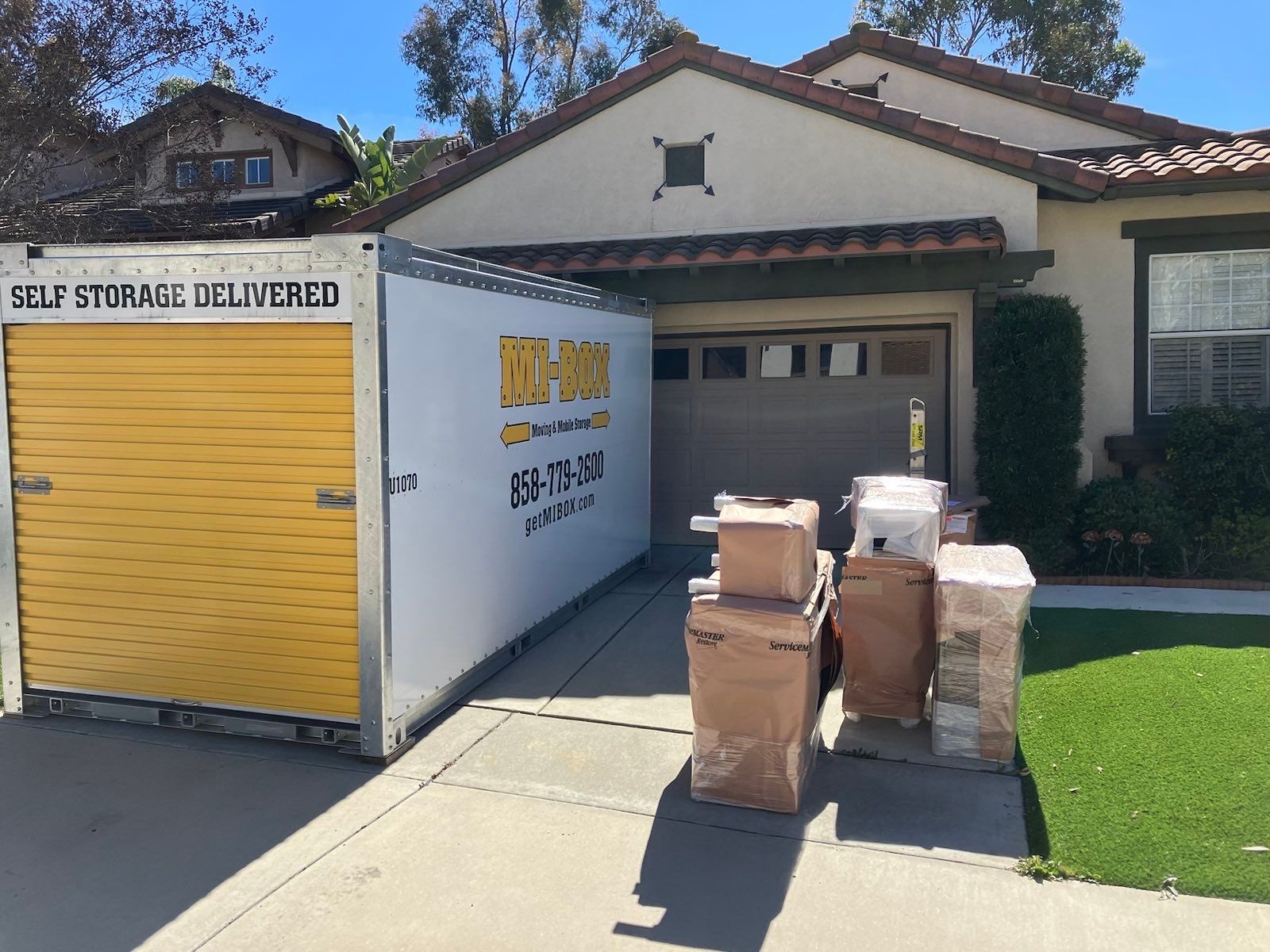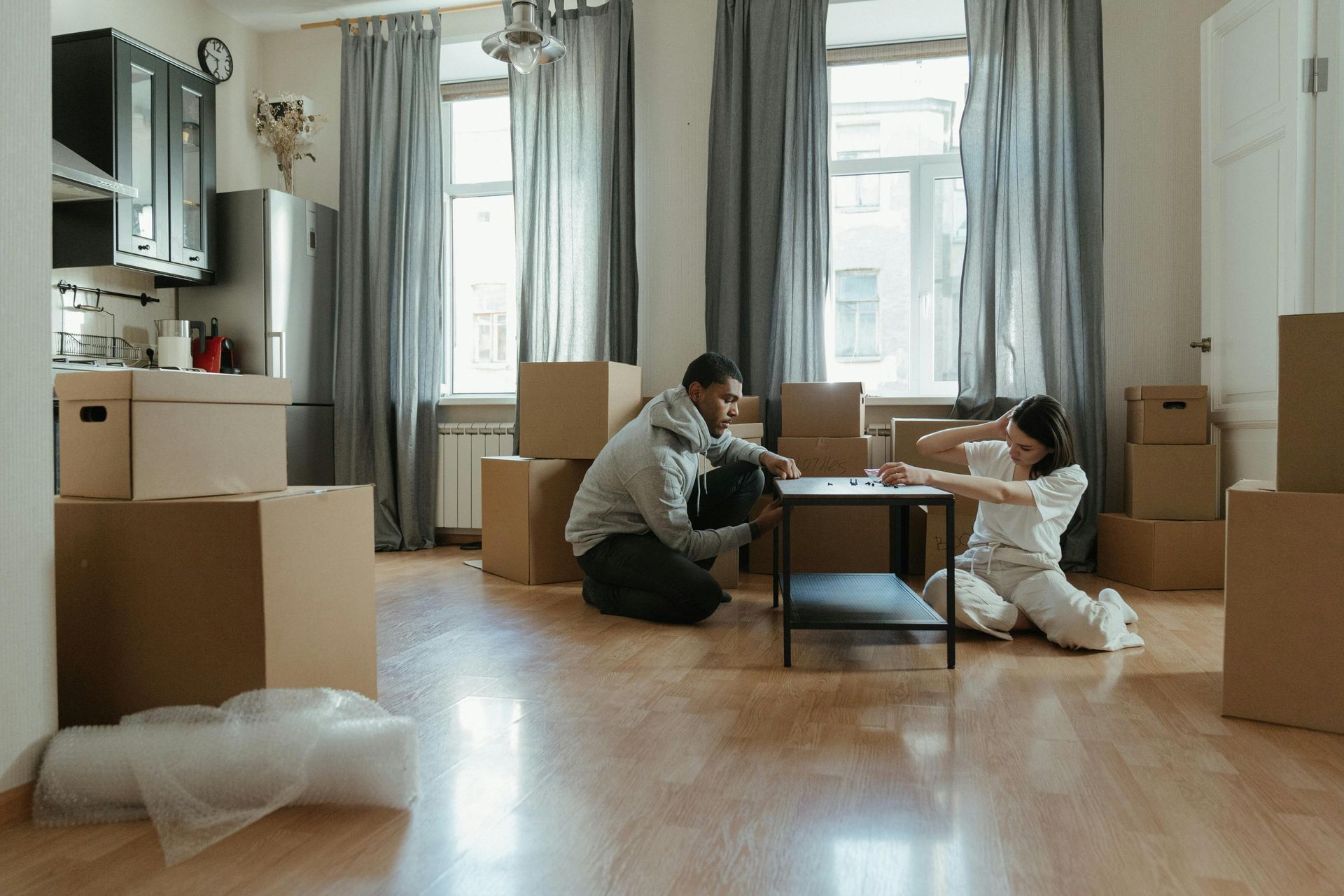15 Dos and Don’ts for Packing Portable Storage Containers

It’s surprising how quickly belongings pile up over the years. From seasonal decorations to furniture that’s moved with you more times than you can count, packing up your life is overwhelming. Whether you’re planning a big move or just clearing out space at home, knowing how to load your MI-BOX storage container the right way will save you time, protect your items, and reduce stress later on.
Here are 15 do’s and don’ts to keep your packing organized and worry-free.
1. Choose the Right Size
Picking the right container size is the first step to a smooth packing process. Too small, and you risk cramming items in ways that cause damage. Too large, and you’re paying for space you won’t use. Before ordering, take inventory of what you plan to store. Measure larger pieces of furniture and estimate box totals so you can select a container that fits your needs without excess.
2. Plan Container Placement
Container placement affects how easy loading and unloading will be. Talk with your MI-BOX driver about the best spot for drop-off. Make sure the container doesn’t block garage access, driveways, or walking paths, and that the door opens in the direction that works best for your loading process.
3. Notify Property Management
If you live in an apartment, condo, or managed community, let your property manager know that you’re having a storage container delivered. Some buildings have restrictions on placement or require permission for delivery trucks. A quick heads-up avoids last-minute delays or conflicts.
4. Avoid Packing in the Rain
Packing during wet weather leads to mildew, mold, and damage to your belongings. If possible, wait for a clear day. If that’s not an option, use tarps and coverings to keep boxes and furniture dry while loading. Always dry off items before sealing them in the container to prevent trapped moisture.
5. Place Heavy Items on the Bottom
Stacking your container properly is key to protecting fragile items and making use of every inch of space. Place heavy boxes and furniture on the bottom to create a stable base. Lighter boxes and delicate belongings should go on top to prevent crushing.
6. Distribute Weight Evenly
Don’t stack all heavy items on one side. Spread them out evenly across the floor of your container. Even weight distribution prevents shifting during transport and keeps the container balanced when it’s lifted or moved.
7. Protect Fragile Items
Breakables need extra care. Wrap dishes, glassware, and decor in bubble wrap or packing paper before boxing them. For larger items like mirrors or TVs, use padded covers or blankets. Secure furniture and large items with straps to keep them from sliding during transit.
8. Don’t Store Perishables
Avoid packing food, plants, or anything perishable. Even shelf-stable foods attract pests or develop odors over time. For anything that needs to stay fresh or alive, it’s best to keep it out of storage containers altogether.
9. Keep Important Papers and Valuables Out
Documents like birth certificates, passports, and irreplaceable heirlooms should be stored securely at home or with a trusted family member. Storage containers aren’t climate-controlled unless specified, and sensitive items can become damaged by temperature or humidity changes.
10. Don’t Treat Storage as a Trash Bin
Using your container as a place to stash unwanted clutter just delays decision-making. Before packing, sort through items and donate, sell, or throw away what you no longer need. This keeps your container organized and know that you’re only storing items that matter.
11. Use Climate-Controlled Storage for Sensitive Items
If you’re storing items like artwork, antiques, musical instruments, or electronics, consider a climate-controlled MI-BOX facility. Temperature and humidity control protects against warping, cracking, and other damage caused by seasonal changes.
12. Skip Climate-Controlled Units If Not Needed
On the other hand, if your belongings aren’t sensitive to temperature or moisture, there’s no need to pay extra for climate control. Standard MI-BOX storage is secure and ideal for everyday household goods, tools, or outdoor equipment.
13. Get Storage Insurance
Even with MI-BOX’s secure facilities, storage insurance takes stress away. Check your homeowner’s policy to see if it covers off-site belongings. If not, self-storage insurance is often affordable and protects against unexpected damage or loss.
14. Avoid Storing Hazardous Materials
Keep flammable, toxic, or hazardous items out of your container. This includes gas-powered tools with fuel inside, propane tanks, and chemicals. Storing these items violates safety rules and risks damage to your belongings and the container itself.
15. Label and Log Contents
As you pack, keep a list of what’s going into the container and clearly label all boxes. This makes unpacking simpler and saves you time searching for seasonal items or specific boxes when you need them later.
Plan Smart for a Stress-Free Move or Storage
Packing your MI-BOX container properly guarantees your belongings stay safe and makes loading and unloading straightforward. Whether you’re moving to a new home or need storage for a renovation, these tips will help you get the job done with confidence.
What is prohibited from being stored in a portable storage container?
Avoid storing dangerous items such as toxic chemicals, fuel-powered equipment, or illegal products in your container. It’s also best to keep out perishable food, plants, and irreplaceable valuables like important documents or family heirlooms to prevent damage or loss.
Will my belongings get damaged in storage?
When packed correctly, your belongings will remain safe in storage. Make sure items are completely dry before loading to prevent mildew or mold. For temperature-sensitive belongings like wood furniture, vinyl records, or books, consider using a climate-controlled MI-BOX facility for added protection.







